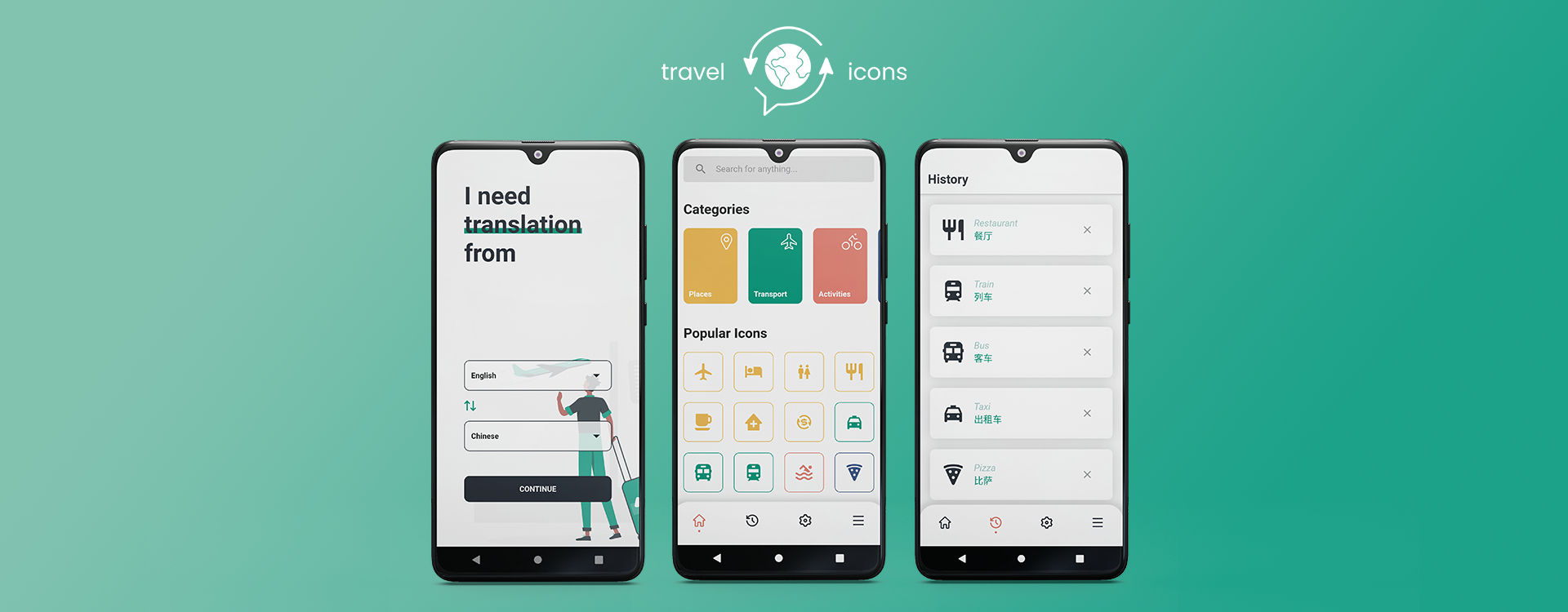A definition of Minimum Viable Product (MVP)
You’ll hear the term Minimum Viable Product (MVP) often used around custom software development. In this article, we’ll define exactly what an MVP is and what it is not.
Eric Reis, the author of The Lean Startup, defines an MVP as “…that version of a new product which allows a team to collect the maximum amount of validated learning about customers with the least effort.”
Let’s break that statement down.
Firstly, it is a version of an actual product. It can be used by a customer and delivers functionality that a customer will find valuable. It is not a text document, a sketch, or a wireframe. An MVP must be something you can put in your customer’s hands. It is something your customers can use.
Secondly, it allows the development team to collect information from those customers about the product. The idea of an MVP is that it gives you information to make critical decisions about the future of your application. It is important to take the opportunity to start asking actual customers about your product as early as you can in the product lifecycle.
Finally, it requires the minimum possible effort to create the opportunity to learn from actual customers. What is the quickest and cheapest way to achieve the first two points?
MVP explained
Henrik Kniberg’s famous illustration captures the essence of an MVP well (if in a very simplified format.) If your final product is a car, then the function is to get your customer from A to B. Giving your customer a single wheel won’t allow you to understand how they feel about the product in relation to its purpose. A skateboard is an effective MVP in this analogy because it will enable your customers to do the thing that your final product will allow. It will help them to get from A to B. You can ask the customer meaningful questions about their experience and use that information to build your next iteration.

Benefits of an MVP
Building an MVP offers many benefits to your business. Here are some of the chief upsides.
- An MVP allows you to test what your customers want.
You are positive that there is a demand for the product you imagine, but how can you gather evidence? An MVP allows you to hear from your target customers to test your assumptions. You can gather the information that will ensure your final product is one that offers real value to your customers. - An MVP lowers your business risk.
Your investment in the product grows over time. Because of this the earlier you can test your assumptions, the lower your business risk will be. Unquestionably, the time, money and opportunity costs of an MVP are far lower than testing a final iteration of your product on customers for the first time. Reducing the time and expense before your customers see your product translates to direct benefits for your business. - An MVP can recruit early adopters and evangelists for your product.
Having early access to a product and input into its roadmap is attractive to many people. Users of an MVP can often become your most powerful advocates. There are a couple of caveats to this. Firstly, you need to be open and honest about where you are in the product lifecycle. Secondly, you need to communicate clearly about your support and release strategy. Thirdly, be realistic about how feedback will be incorporated. If you follow these three guidelines, you’ll be amazed at the loyalty that can flow from your early adopters.
Your MVP is a crucial step in a successful project.
Building an effective MVP requires a shift in thinking. If you are building a car, think the skateboard, not the wheel. Your customer gets to use the product and derives some of the actual value of the product. This allows them to get a taste of the value of your product. Their experience will enable you to gather feedback and make informed decisions. You’ll be able to decide to go all-in, change direction, or fail fast. A cheap and quick path to these decision points is the goal of your MVP.
The concept of an MVP is familiar enough for customers to be accepting of something that is shipped at a lower level than your vision of your final product. Or they will be as long as you communicate effectively. If your idea truly solves a problem or delivers value then your customers will use an early version, bugs and all. Clearly, if there is no other way to get from A to B, a skateboard is an excellent alternative to walking.
Finally, the concept of an MVP sits really well in the Agile software development mindset and is a great step on the journey to your dream product.







